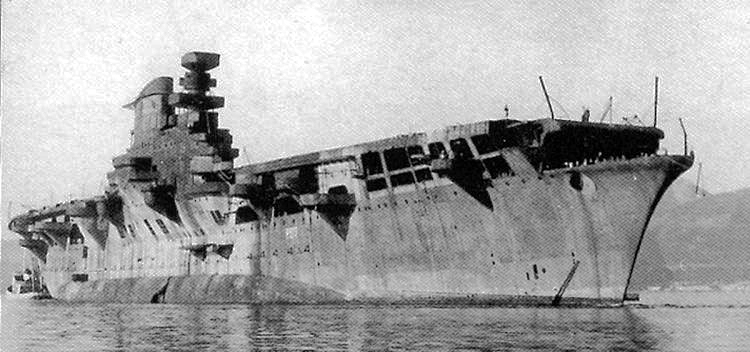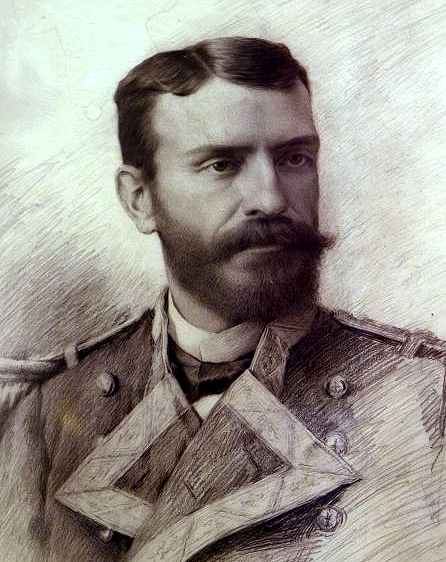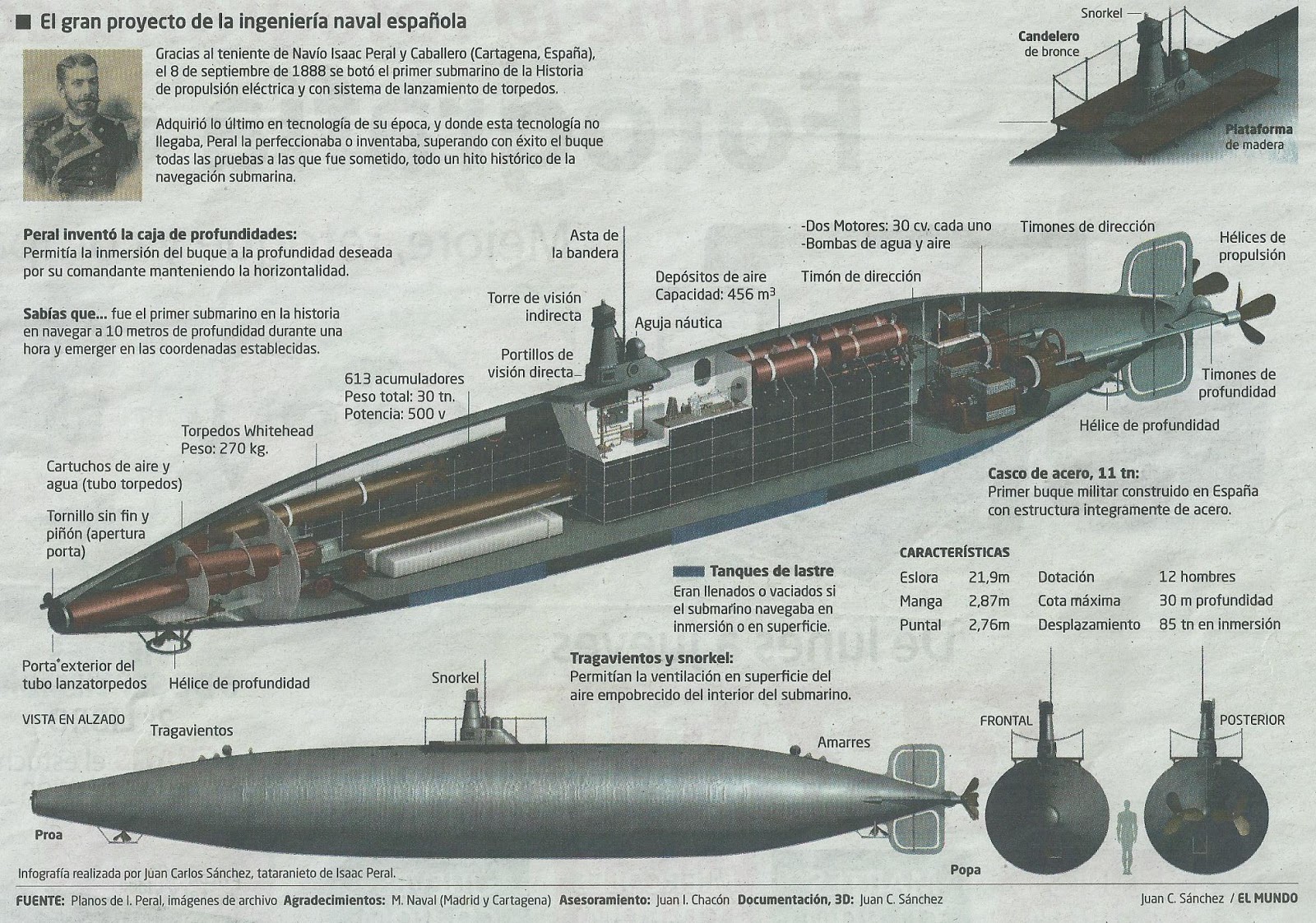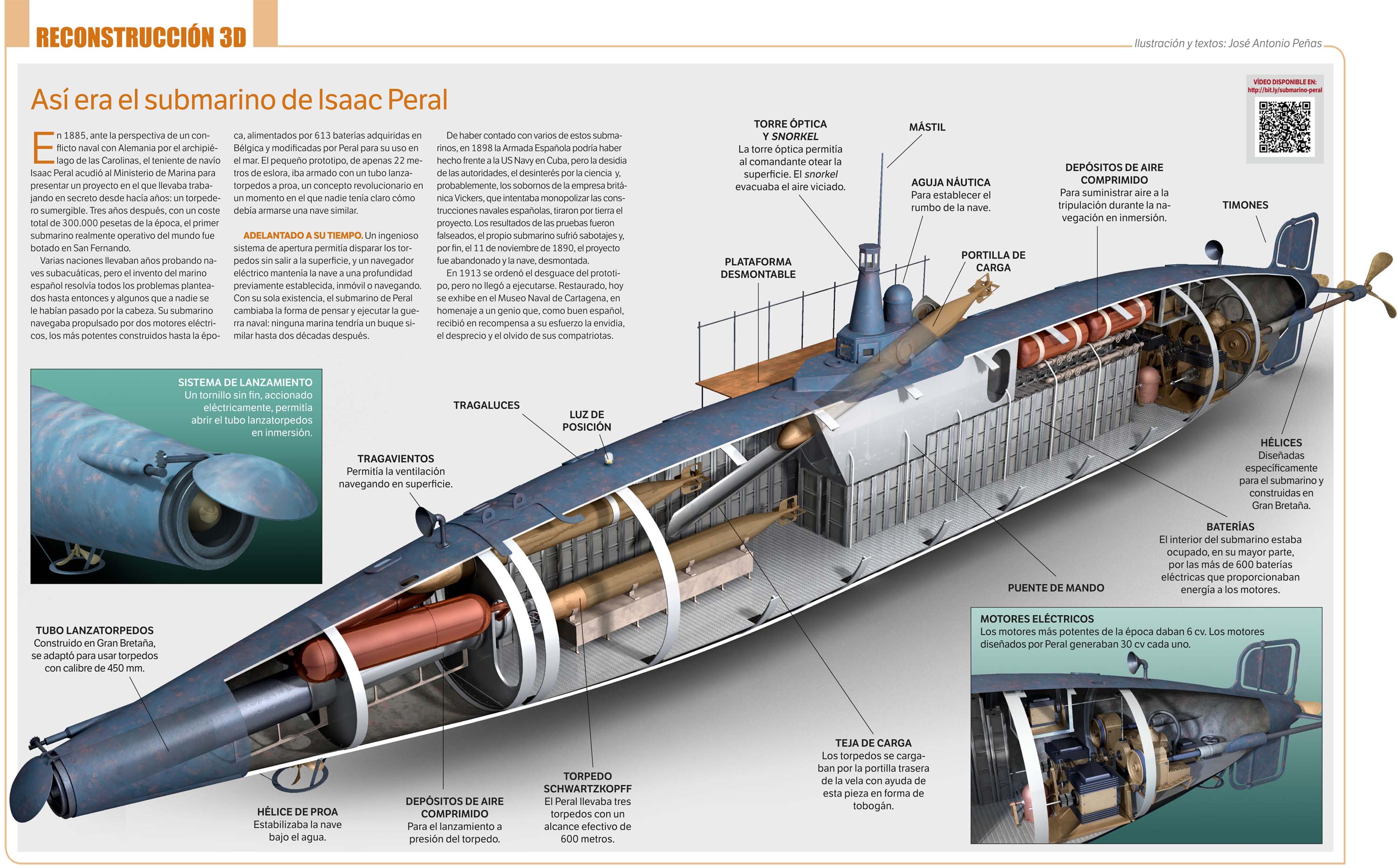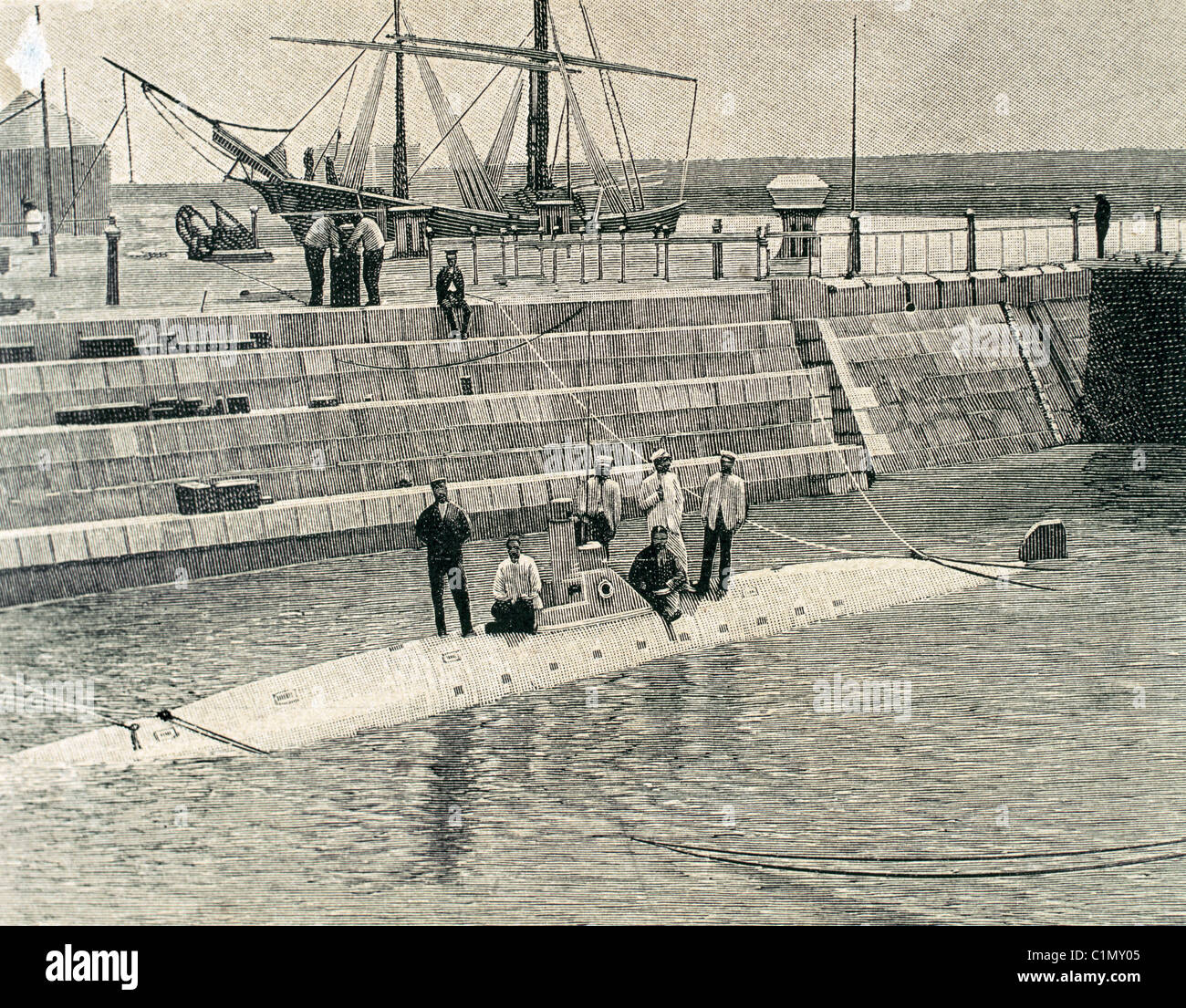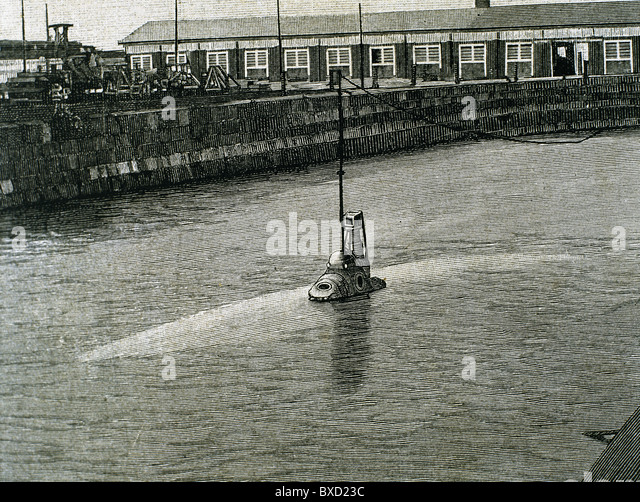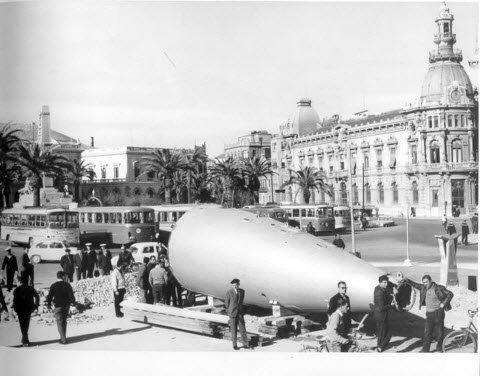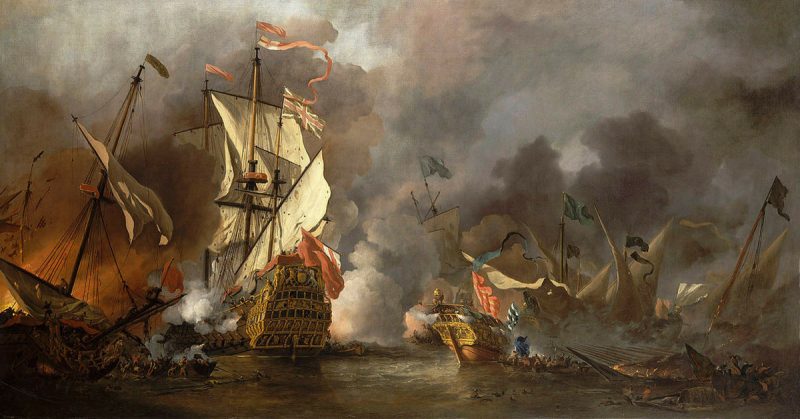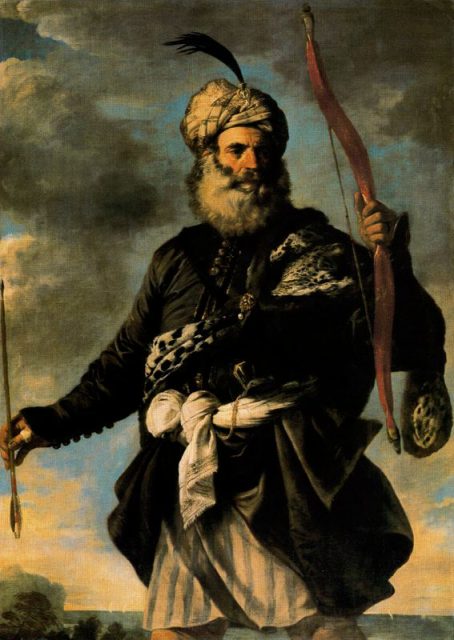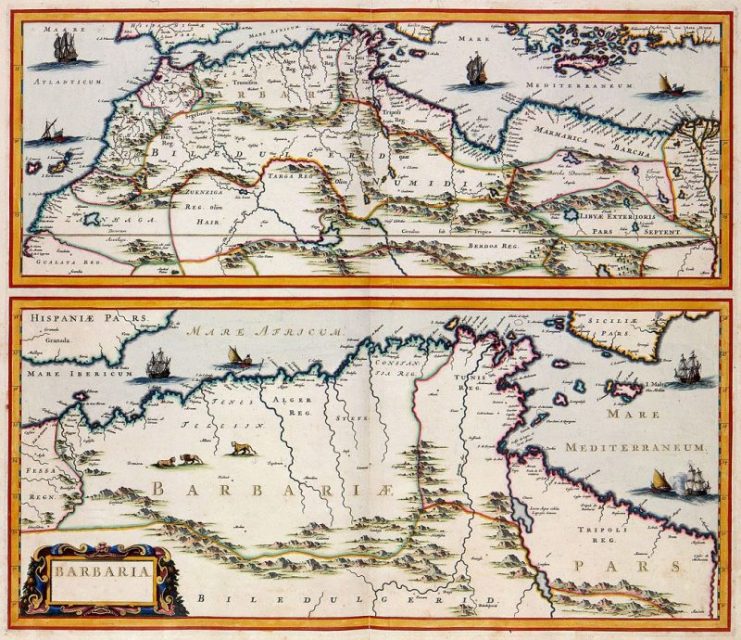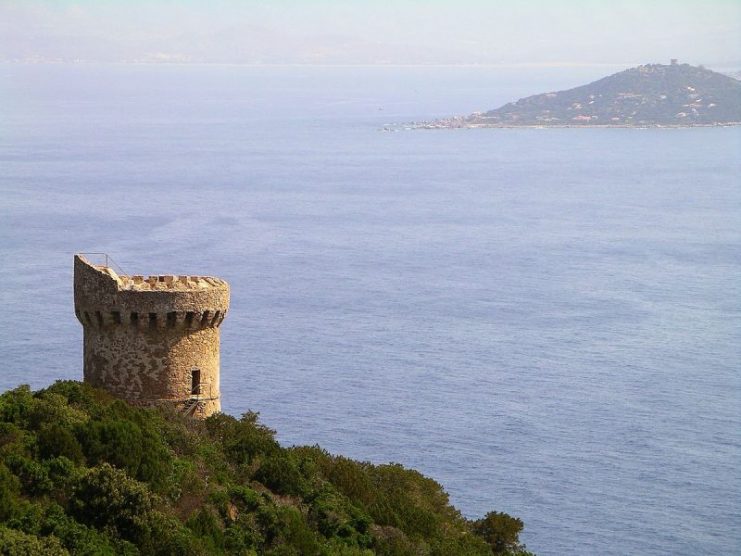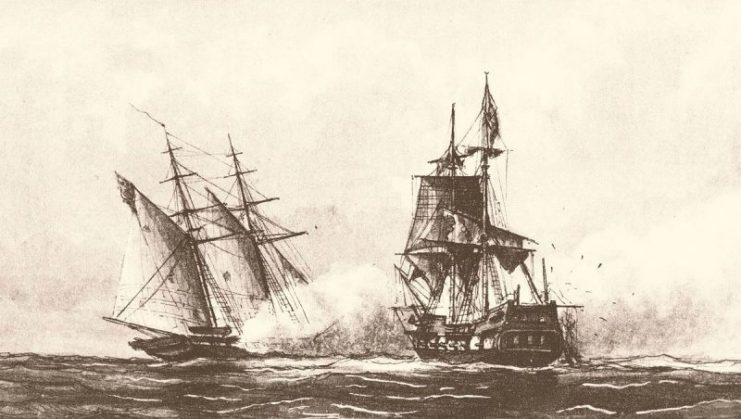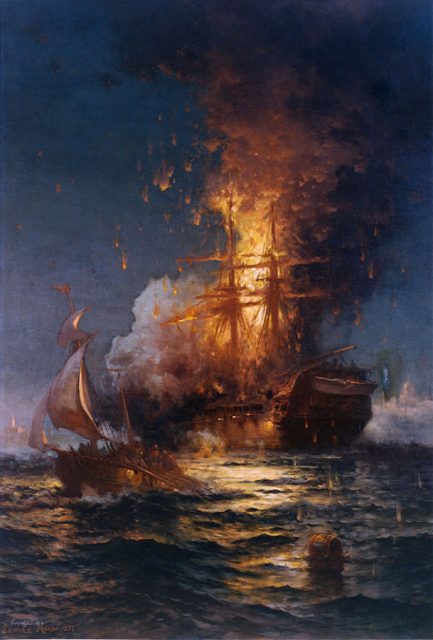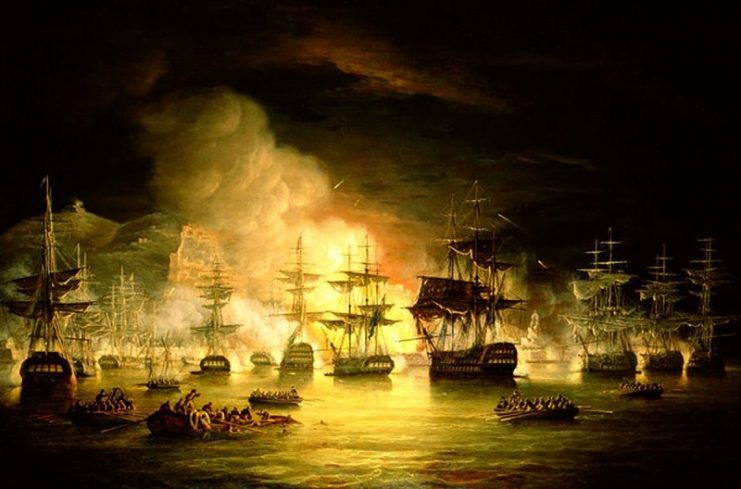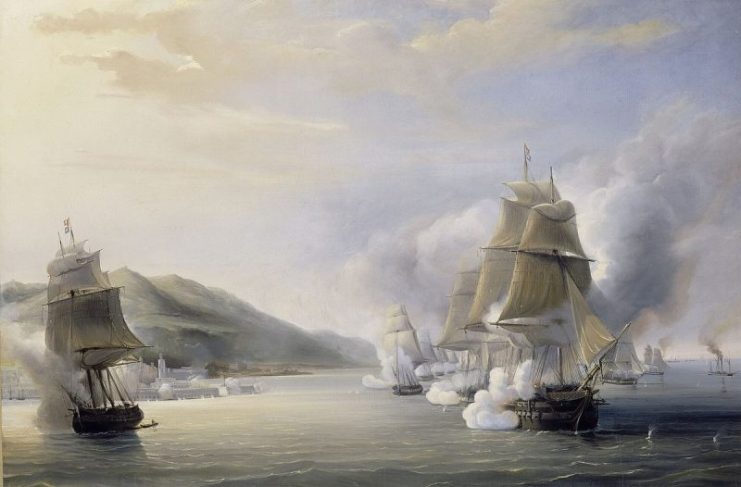Jul 8, 2018
Carlin Irwin
SHARE:
FacebookTwitter
The term “Barbary’ is an adjective that refers to the inhabitants of the coastal regions of North Africa. The ethnic group indigenous to this region are commonly known as Berbers. During the times of the Roman and Greek empires, people who spoke different languages were considered barbarians.
The definition of a Barbarian is as follows, a member of a community or tribe not belonging to one of the great civilizations (Greek, Roman, Christian).
To the Greeks and Romans, those of different ethnicities and cultures spoke gibberish that sounded like they were saying “bar bar bar” when they spoke. In a nutshell, to English speakers, this is like calling a person who speaks another language “Blahrians” because their language sounds like “blah blah blah” and we don’t understand it. In the 7th century, the Arabs introduced their new religion, Islam, and the Arabic language to Northern Africa.
A Barbary pirate, Pier Francesco Mola 1650
They also used the word “Berber” (the Arabian variant of Barbarian) to refer to those who were not of their culture. The term “Turk” was often used to describe the ethnicity of these pirates. However, this was a misnomer, Turks were from Turkey. During the Barbary raids, few westerners understood the difference between an Ottoman Turk, a Berber, and an Arab.
The term Barbary stuck when Arab invaders conquered various North African territories in the 7th century. Consequently, European cartographers would name this area the Barbary Coast or “Barbaria.” This area would become more and more distinguished from the rest of the Arab world from the beginning to the end of the Ottoman Era. The Ottomans relied on the inhabitants in this area for diplomacy and raiding after losing control of the Mediterranean.
A 17th-century map by the Dutch cartographer Jan Janssonius showing the Barbary Coast, here “Barbaria”
The Battle of Lepanto in 1571, a key battle in the Mediterranean, was one of the largest naval warfare battles of that time. It involved the Holy League (Spain, France, and Italy) and the Ottomans. After the Battle of Lepanto in 1571, which ended with a European victory, the Ottomans control of the Mediterranean started to wane.
In the battlefield, as a result, the Ottoman territories on the Barbary Coast became vassal states. These states had previously relied on the Ottomans for naval power. Due to the Ottomans declining power, the Barbary states had to hire corsairs or pirates for naval power.
The Battle of Lepanto
These corsairs were pirates in Europe’s eyes but privateers in the eyes of the Barbary states. The Barbary states make up modern-day Morocco, Algeria, Tunisia, and Libya. All of these states appointed leaders to rule these Ottoman territories. These leaders would then fund the corsairs’ raiding missions. The ports that the Barbary states depended on most were Algiers, Tripoli, and Tunis.
The Barbary pirates did not only raid for booty at sea, they raided white Christian slaves in European territory, too. Previously, The inhabitants of the Maghreb (another term for North Africa) were referred to as the “Moors” or “Saracens.” These Islamic Moorish invaders conquered Christian Spain and would rule it from 711 to 1492.
Barbarossa Hayreddin Pasha defeats the Holy League of Charles V under the command of Andrea Doria at the Battle of Preveza (1538)
On the 2nd January 1492, the Moors were finally expelled from Spain after continuous battles of Reconquista. Consequently, many of the Moors returned to the Barbary states and continued maritime piracy and slavery. At first, in the fifteenth century, the Barbary pirates sold slaves via Ottoman suzerainty.
They were used as sex and labor slaves. The attractive women and young children were put into forced prostitution and the men were put into labor. Slave markets would span across the Middle East, making them available to members of local elites, who were readily able to buy them and sell them.
The Barbary pirates frequently attacked Corsica, resulting in many Genoese towers being erected. Photo: Tanos / CC-BY-SA 2.0
The famous Miguel de Cervantes, the author of Don Quixote, was captured by the Barbary corsairs and brought to Algiers. He was a slave for five years until his rich family paid his ransom. This was also the case for other white slaves. Ransom funds were generally raised by rich or middle-class families or local church groups.
The trade in slaves/captives became a huge profit as Europeans would have to buy their people back from slavery. These pirates raided villages in Spain, France, Italy, England, and sometimes even in Scandinavia. After centuries of raiding villages for booty and slaves, Barbary piracy would peak in the 19th century.
An action between an English ship and vessels of the Barbary Corsairs
Between 1530 and 1780, it is estimated that 1,520,000 Europeans had been enslaved. In comparison, however, the Europeans enslaved 12 million Africans. It took many battles before the Europeans and Americans fully regained control of the Mediterranean. Action was needed and taken, to rescue and protect citizens of Europe.
The Barbary Wars were a series of wars fought between the Ottoman Corsairs (Barbary privateers) and the newly formed United States of America. In the 1780s, Barbary privateers routinely attacked American commercial ships, taking booty and holding captives. That same decade, due to the end of the American Revolution, Congress disbanded the Continental Navy and auctioned off the surviving ships.
USS Enterprise fighting the Tripolitan polacca Tripoli by William Bainbridge Hoff, 1878
This left America with no navy. As a result, in 1786, the United States government paid tribute to the governments of the Barbary Coast to leave American merchants alone. On March 20th, 1794, President George Washington requested the creation of the United States Navy. Consequently, Congress created a permanent standing navy with six heavy frigates to stop the attacks and the capturing of Americans.
In 1801, the newly inaugurated president Thomas Jefferson refused to pay tribute. Around this time, the tributes and the attacks had become a financial burden on the United States. On May 13, 1801, a naval fleet was sent to the waters off the Barbary Coast. With the aid of Sweden and The Kingdom of Sicily, they attacked Tripoli. In response, Tripoli declared war on the United States. The Barbary Coast War was also known as the Tripolitan War or The first Barbary War.
Burning of USS Philadelphia
Under Commodores Richard Dale and Edward Preble, the pirates were blockaded and ultimately defeated. By 1805, the marines landed in Tripoli. They eventually took the fort under General William Eaton who was fluent in Arabic. By the end of the war in 1805, a treaty was signed and a ransom was paid to free the American sailors who had been put into slavery.
For almost ten years, Americans had the freedom to sail the waters of the Mediterranean without fear.
The Second Barbary War was a short war for the US that occurred after the War of 1812 and the Napoleonic Wars. The west had to deal with the piracy problem again after previous treaties failed. In 1815, The United States had a 2 day battle against Algeria. Outnumbered by the American’s advanced ships, the Algerians agreed to leave America alone once and for all.
Bombardment of Algiers, a painting of the action by Thomas Luny
The Europeans, on the other hand, would continue to have issues with the Barbary states for years to come. In 1816, the British underwent a diplomatic voyage to the Deys (the elected rulers of the Barbary states) to negotiate a deal to stop the piracy and to free European Christian slaves. After many negotiations, the Deys couldn’t come to terms with The United Kingdom. In response, The United Kingdom and The Netherlands launched a mission to punish the North Africans for the practice of slavery.
On August 27, 1816, an Anglo-Dutch fleet bombarded the city of Algiers, killing between 5000 – 7000 people. As a result, the Regency of Algiers surrendered 3000 slaves. This was the last of the Barbary Corsairs, but not the Ottomans.
French bombardment of Algiers by Admiral Dupperé, 13 June 1830
The French, who invaded Algeria in 1830 and ruled there for 132 years, and the combination of the Arabian, British, and Russian military victories, eventually drove the Ottomans back into Turkey. As a result of the defeat of the Ottoman Empire in World War One, the Caliphate was abolished and the modern Republic of Turkey was created in 1918.
In the lands of the Barbary coast on the other hand, with the end of European and Ottoman colonization in North Africa, civil unrest continues in the area to this day.

